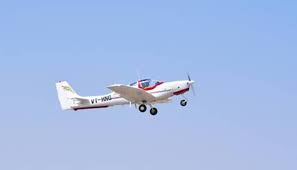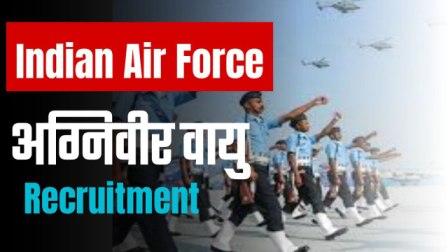HANSA-New Generation is India’s first indigenous aircraft trainer.HANSA-NG trainer aircraft has been designed and developed by CSIR-NAL, Bangalore.
About HANSA-NG
HANSA-NG is one of the most advanced flying trainers powered by Rotax Digital Control Engine
- HANSA-NG is indigenously designed and developed by Council of Scientific and Industrial Research -National Aerospace Laboratories (CSIR-NAL).
- It is a two-seater aircraft and a revamped version of the HANSA, which was developed 30 years ago.
- HANSA-NG is an advanced flying trainer. It is powered by Rotax Digital Control Engine. It has other special features like composite lightweight airframe, glass cockpit, bubble canopy with wide panoramic view, electrically operated flaps, etc.
- Its advantages include low cost and low consumption of fuel. Thus it is most suitable for Commercial Pilot Licensing (CPL) purposes and meets the needs of Indian flying clubs.
HANSA-NG is one of the most advanced flying trainers powered by Rotax Digital Control Engine with unique features like Just-In-Time Prepreg (JIPREG) Composite lightweight Airframe, Glass Cockpit, Bubble Canopy with wide panoramic view, electrically operated flaps etc.
CSIR-NAL further said that HANSA-NG is designed to meet the Indian flying club needs and it is an ideal aircraft for Commercial Pilot Licensing (CPL) due to its low cost and low fuel consumption. NAL has already received more than 80 nos. of LoIs (Letter of Intents) from various flying clubs.
Director, CSIR-NAL stated that a total 37 flights and 50 hours of flying have been completed, and few more flights will be conducted before getting Type Certification by DGCA.
Our Defence Current Affairs Click Here
About National Aerospace Laboratories (NAL)
- NAL was established in 1959 by the Council of Scientific and Industrial Research (CSIR) in New Delhi. It is India’s maiden aerospace research firm and also the largest.
- NAL’s main responsibility is to develop civilian aircrafts in India. It closely works with Hindustan Aeronautics Limited (HAL), Defence Research and Development Organization (DRDO) and Indian Space Research Organization (ISRO).
- NAL has special facilities like the Nilakantan Wind tunnel Centre and a computerized fatigue test facility. It also has technology to investigate into the accidents in aerospace.
Recent sea trials of HANSA-NG
The trial conducted from February 19 to March 5 met with all objectives, the Ministry of Science and Technology said in a statement issued on Sunday.
The Ministry further said the aircraft was flown to Puducherry covering 140 nautical miles in one and half hours at a cruising speed of 155 km/hr on February 19. The objectives of sea level trials were to evaluate handling qualities, climb and cruise performance, balked landing, structural performance including positive and negative G, power plant and other systems performance.
As per the Ministry, the aircraft was ferried back to Bangalore on March 5 after completing 18 hours flying at Puducherry.
- These sea-level trials were conducted to evaluate HANSA-NG’s handling qualities, climb performance, balked landing, positive and negative G, power plant and other systems performance at sea level. CSIR-NAL announced that all the objectives of trials were met.
Aircrafts like HANSA-NAL will boost India’s indigenous capacity and will help India realize the goals of ‘Atmanirbhar Bharat’.










